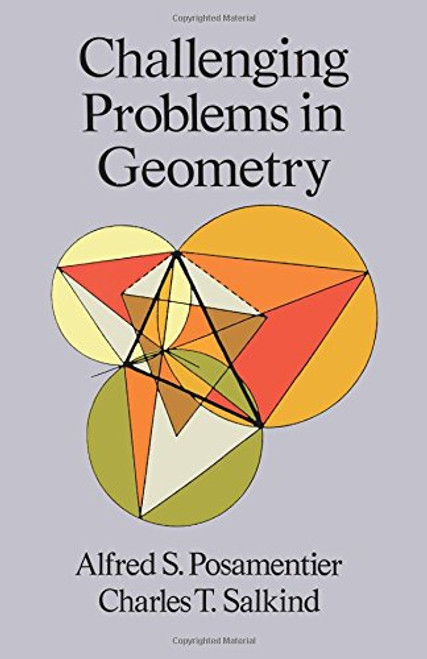This entertaining, stimulating textbook offers anyone familiar with Euclidean geometry undergraduate math students, advanced high school students, and puzzle fans of any age an opportunity to explore taxicab geometry, a simple, non-Euclidean system that helps put Euclidean geometry in sharper perspective.
In taxicab geometry, the shortest distance between two points is not a straight line. Distance is not measured as the crow flies, but as a taxicab travels the grid of the city street, from block to block, vertically and horizontally, until the destination is reached. Because of this non-Euclidean method of measuring distance, some familiar geometric figures are transmitted: for example, circles become squares.
However, taxicab geometry has important practical applications. As Professor Krause points out, While Euclidean geometry appears to be a good model of the 'natural' world, taxicab geometry is a better model of the artificial urban world that man has built.
As a result, the book is replete with practical applications of this non-Euclidean system to urban geometry and urban planning from deciding the optimum location for a factory or a phone booth, to determining the most efficient routes for a mass transit system.
The underlying emphasis throughout this unique, challenging textbook is on how mathematicians think, and how they apply an apparently theoretical system to the solution of real-world problems.
Taxicab Geometry: An Adventure in Non-Euclidean Geometry (Dover Books on Mathematics)
Eugene F Krause
$18.34 - $22.93
- UPC:
- 9780486252025
- Maximum Purchase:
- 2 units
- Binding:
- Paperback
- Publication Date:
- 1987-01-01
- Release Date:
- 1987-01-01
- Author:
- Eugene F. Krause
- Language:
- english
- Edition:
- Revised








